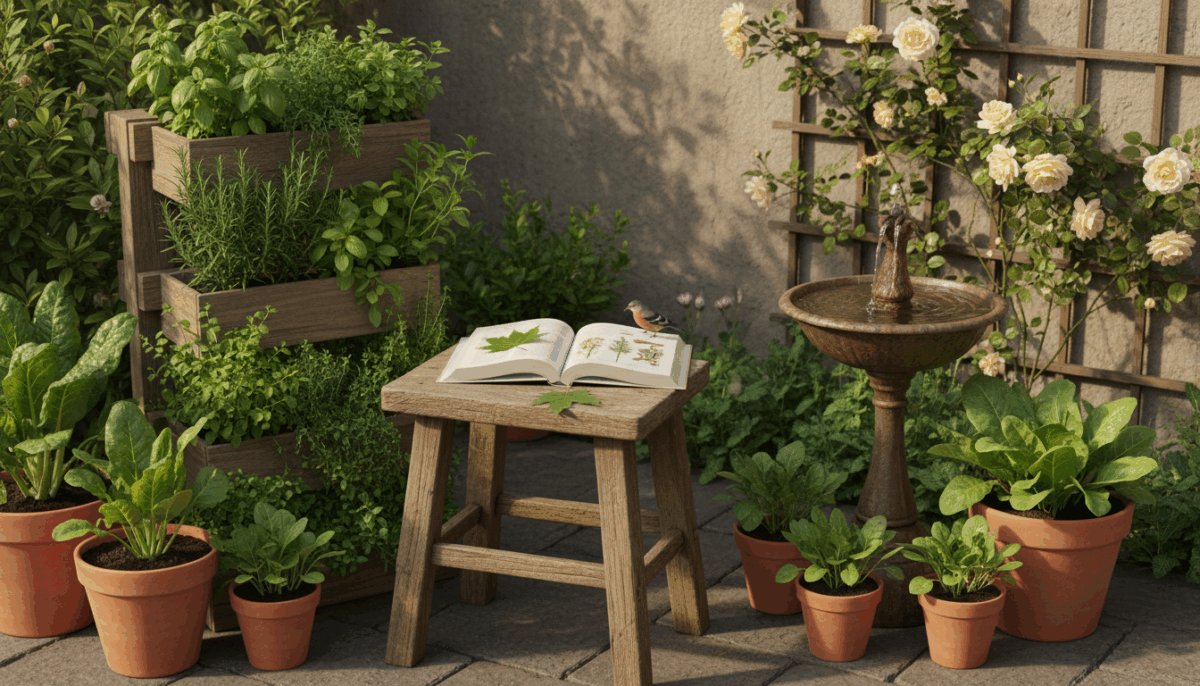Dreaming of a continuous supply of fresh vegetables and herbs, even with a small garden? You can achieve abundant harvests in containers, raised beds, or compact yard spaces. The secret lies in a powerful technique called succession planting. This method transforms your gardening approach, allowing you to maximize harvest potential and enjoy fresh produce throughout the entire growing season. You will learn practical strategies to keep your garden producing, avoid gluts, and efficiently use every square inch of your valuable planting area. Get ready to turn your small garden into a highly productive food source.
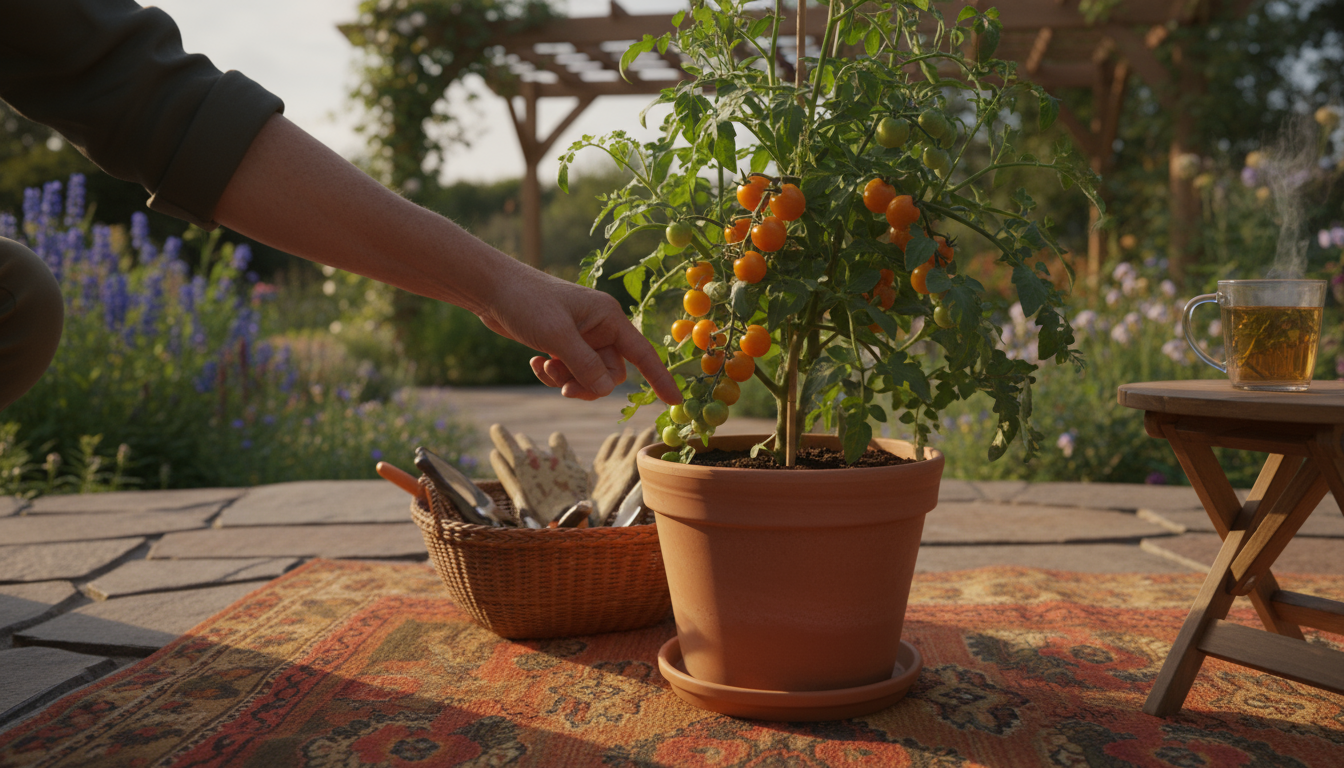
What is Succession Planting?
Succession planting involves staggering your plantings throughout the growing season instead of sowing all your seeds or setting out all your transplants at once. Think of it as a rolling harvest schedule. Instead of a single, overwhelming bounty of lettuce in late spring, you will enjoy fresh lettuce week after week. Gardeners employ this technique to ensure a continuous supply of fresh vegetables, herbs, and even some fruits, moving beyond the “feast or famine” cycle often experienced with traditional gardening.
You essentially replant an area or sow seeds every few weeks, creating a continuous crop rotation within a single season. This strategy is incredibly effective for small garden tips because it leverages every inch of available space. You do not need a sprawling farm to implement succession planting, a small balcony container garden or a compact backyard plot works perfectly. It means you always have something new growing, something ready to harvest, and something coming along soon.
Consider the alternative: planting all your tomatoes or all your lettuce at the same time. You end up with a huge flush of produce, which often leads to waste unless you have a plan for preserving it. Succession planting prevents this. It spaces out your labor and your yields, making gardening a more manageable and rewarding experience.
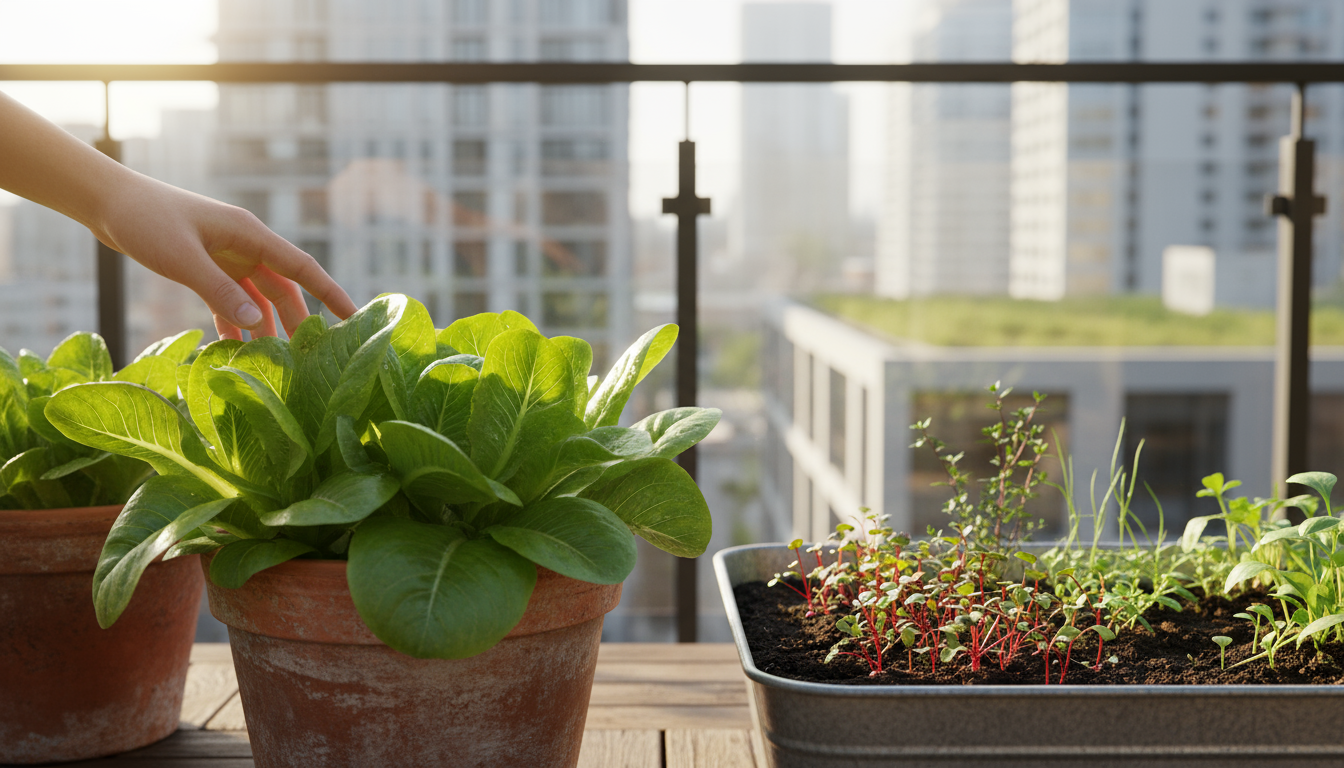
Why Succession Planting Benefits Your Small Garden
Embracing succession planting offers a multitude of advantages, particularly when you work with limited space. You will find your small garden transforms into a highly efficient, productive ecosystem. Here are the key benefits you will experience:
- Maximize Harvest in Limited Space: This is the cornerstone benefit for any small-space gardener. By continually replanting as crops finish, you ensure your containers and beds never sit idle. You are effectively multiplying your garden’s output without increasing its physical footprint. For example, after harvesting a quick crop of radishes, you can immediately sow more radishes or switch to a different, equally fast-growing vegetable. This constant turnover dramatically boosts your overall yield from the same plot.
- Reduce Gluts and Waste: How often have you faced an overwhelming abundance of zucchini or lettuce, struggling to eat it all before it spoils? Succession planting eliminates this problem. By planting smaller batches more frequently, you produce a steady, manageable supply of fresh produce. This means less food waste and more enjoyment of your garden’s bounty as you need it.
- Extend the Growing Season: You can start certain cool-season crops early, follow them with warm-season crops, and then return to cool-season varieties as autumn approaches. This strategic timing stretches your harvest window significantly. With careful planning, you might harvest fresh greens in early spring, tomatoes and peppers in summer, and then another round of leafy greens or root vegetables well into fall, effectively extending your gardening season by months.
- Mitigate Pest and Disease Risk: Planting diverse crops at different times helps break pest and disease cycles. If an early crop succumbs to an issue, your subsequent plantings may escape, or you will have time to implement preventative measures. This natural form of crop rotation reduces the buildup of pathogens and insect populations specific to certain plants, leading to healthier crops overall.
- Provide Continuous Fresh Produce: Imagine stepping outside to gather ingredients for dinner, knowing that something fresh and vibrant awaits you, regardless of the season’s peak. Succession planting makes this a reality. You will enjoy a steady stream of fresh, homegrown vegetables and herbs, elevating your meals and connecting you more deeply with your food source.
The beauty of succession planting lies in its adaptability. You can tailor it precisely to your garden’s size, your climate, and your preferred crops, ensuring you get the most out of every precious square foot.
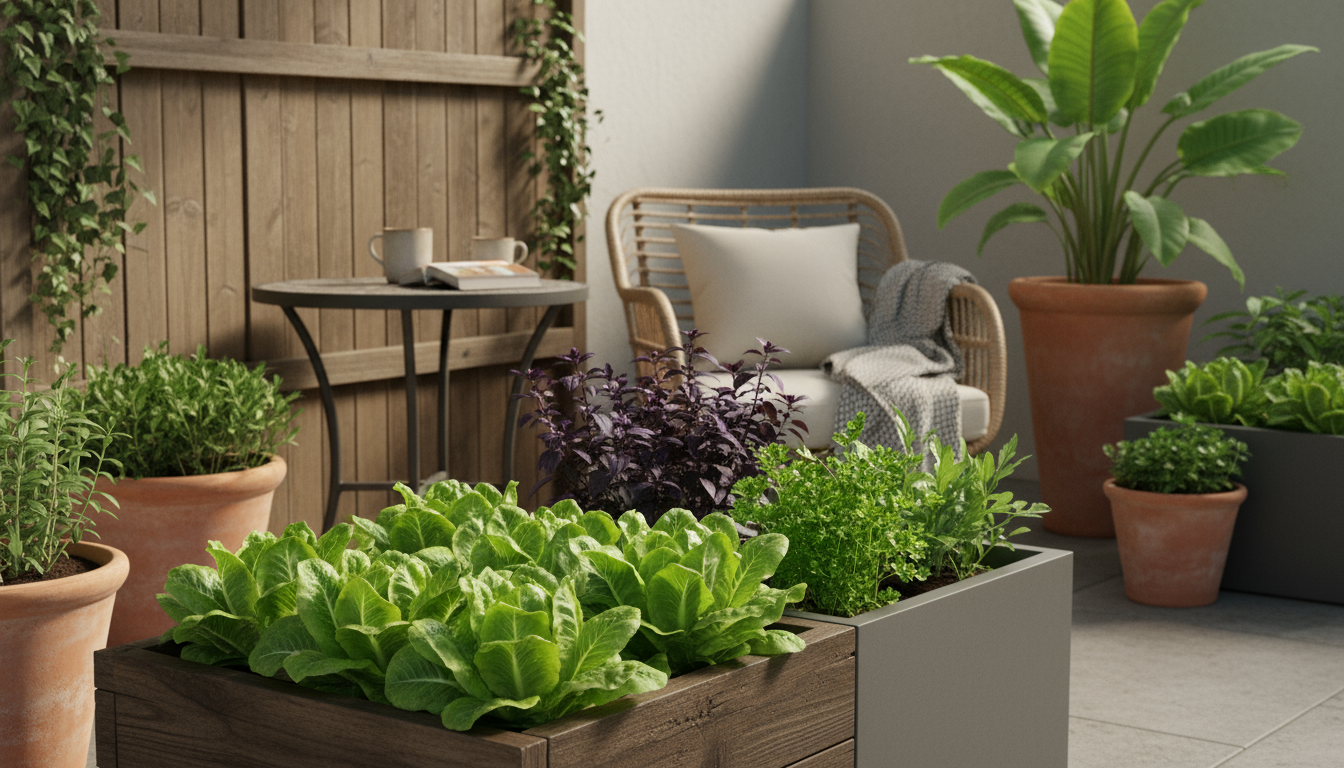
Choosing the Right Crops for Continuous Harvest
Not all crops are equally suited for succession planting. The best choices are those that mature quickly, offer “cut-and-come-again” harvesting, or have a relatively short harvest window. Focusing on these types of edibles ensures you can swiftly replant areas and keep your garden producing. Here are some top contenders for your succession planting strategy:
- Leafy Greens: These are the superstars of succession planting.
- Lettuce (Loose-leaf varieties): Sow small batches every 2-3 weeks. Many varieties allow you to harvest outer leaves, letting the plant continue to grow.
- Spinach: Quick to mature, ideal for multiple small plantings. Harvest outer leaves or entire plants.
- Arugula: Grows rapidly, offering peppery greens. Responds well to frequent small sowings.
- Mizuna & Mustard Greens: Similar to arugula, these spicy greens provide quick harvests and tolerate cooler temperatures.
- Root Vegetables: Many root crops mature quickly and lend themselves well to staggered planting.
- Radishes: Perhaps the fastest-growing vegetable, maturing in 20-30 days. Plant every 1-2 weeks.
- Carrots: Sow small sections every 3-4 weeks. Choose smaller, faster-maturing varieties like ‘Paris Market’ or ‘Danvers Half Long’ for containers.
- Beets: Harvest both the greens and the roots. Sow every 3 weeks for a steady supply.
- Bush Beans: Unlike pole beans, bush beans produce their harvest all at once, making them perfect for succession.
- Plant a new batch every 2-3 weeks for a continuous supply of snap beans. Look for compact varieties like ‘Provider’ or ‘Contender’.
- Herbs: Many herbs thrive with a cut-and-come-again approach or respond well to staggered sowings.
- Cilantro & Dill: These bolt (go to seed) quickly in warm weather. Sow small amounts every 2-3 weeks to ensure fresh leaves.
- Basil: Plant new basil every 3-4 weeks to replace older, woody plants and ensure tender, flavorful leaves.
- Compact Cucumbers: Bush or compact vining varieties produce over a shorter window, making them suitable for sequential planting.
- Consider varieties like ‘Bush Pickle’ or ‘Spacemaster’. Plant a second round a month after the first for extended harvests.
- Small Squash: Certain compact summer squash varieties, such as ‘Pattypan’ or ‘Eight Ball’, produce prolifically.
- Start a second plant or two a few weeks after your first set to ensure fresh zucchini or squash throughout the season without an overwhelming glut.
When selecting varieties, always check the “days to maturity” listed on seed packets. This crucial piece of data informs your planting schedule, allowing you to plan when one crop finishes and the next can begin. Choosing varieties adapted to your specific climate also significantly improves your success rate. Your local extension service can offer excellent, tailored recommendations for your region’s optimal growing conditions.

Types of Succession Planting Techniques
Succession planting is not a one-size-fits-all approach. Several distinct techniques exist, and you can combine them to create a highly efficient and personalized gardening system. Understanding these methods empowers you to choose the best strategy for your specific crops and garden space.
- Staggered Planting (Time-Based):This is the most common and straightforward method. You plant small batches of the same crop every one to three weeks. For example, instead of sowing an entire packet of lettuce seeds in April, you sow a quarter of the packet in April, another quarter in early May, and so on. This ensures a continuous supply rather than a single large harvest. It works exceptionally well for quick-maturing crops like radishes, leafy greens, bush beans, and cilantro. The key here is consistent, small-scale sowing.
- Relay Planting (Space-Based):Relay planting involves following one crop immediately with another in the same spot. As soon as you harvest one vegetable, you prepare the soil and plant the next. This maximizes the use of every square inch. A typical example involves planting early spring peas, harvesting them, and then immediately sowing bush beans or compact cucumbers in the same area. This technique requires careful planning to ensure the second crop is ready to go as the first finishes.
- Catch Cropping:Catch cropping involves planting a very fast-growing crop in the space between two slower-growing main crops. These “catch crops” mature and get harvested before the main crops need the full space. For instance, you might sow radishes or leafy greens between young tomato plants. By the time the tomatoes grow large enough to require more room, the catch crop is already harvested. This method effectively fills temporary gaps in your garden, yielding an extra harvest. According to gardening experts at the University of Wisconsin-Madison Extension, catch cropping significantly boosts overall productivity in limited spaces.
- Cut-and-Come-Again Harvesting:While not a planting technique in itself, cut-and-come-again harvesting complements succession planting perfectly. Many leafy greens like lettuce, spinach, kale, and even some herbs (basil) allow you to harvest only the outer leaves or the top portion of the plant. The plant then regrows, providing another harvest in a week or two. This extends the productivity of individual plants, reducing the need for immediate replanting and spacing out your efforts. You effectively turn one plant into multiple harvests.
By integrating these methods, you can develop a dynamic planting schedule that keeps your small garden constantly producing. You might use staggered planting for lettuce, follow it with relay planting of bush beans, and intersperse catch crops of radishes, all while practicing cut-and-come-again on your existing kale plants.
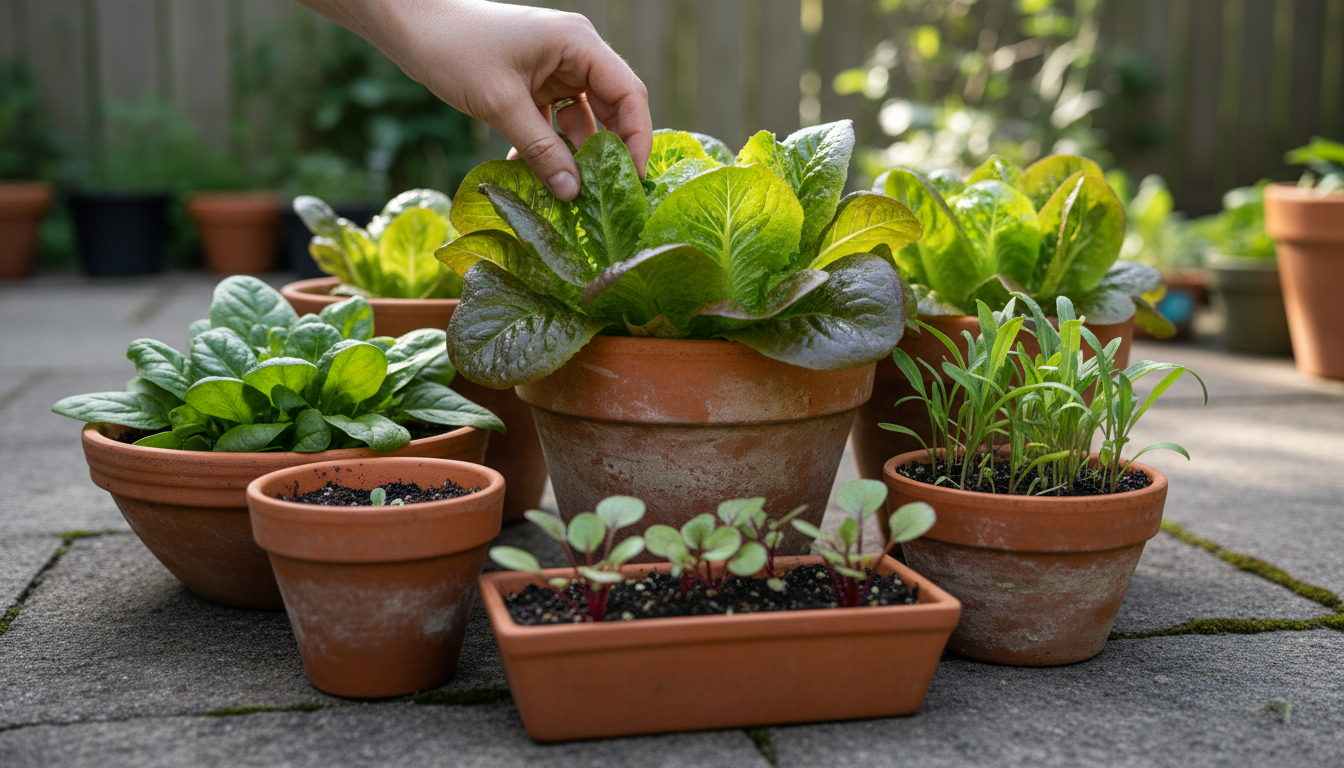
Planning Your Succession Planting Strategy
Successful succession planting relies on thoughtful planning. You are essentially choreographing your garden’s performance throughout the season. A well-laid plan ensures you get the most out of your space and effort. Here are the steps to create your personalized strategy:
- Assess Your Space:Begin by understanding your garden’s unique characteristics.
- Light: How many hours of direct sunlight do different areas receive? Most edibles need at least 6-8 hours. Map out sun exposure for various spots.
- Containers & Beds: Note the size and depth of your containers or raised beds. This determines how many plants you can accommodate and what types of roots can thrive.
- Vertical Options: Do you have trellises, arbors, or walls for vertical gardening? Maximize space by growing vining plants upwards.
- Access: Ensure you can easily reach all your plants for planting, watering, and harvesting.
- Know Your Frost Dates:Your average last spring frost date and first fall frost date are critical. They define your region’s true growing season. Succession planting schedules revolve around these benchmarks, dictating when you can safely start tender plants and when you need to switch to cold-hardy varieties. Local extension services provide precise dates for your area.
- Research Crop Maturity:Before sowing, check the “days to maturity” on your seed packets or plant tags. This crucial information tells you how long it takes for a crop to be ready for harvest. For example, radishes mature in 20-30 days, while lettuce might take 45-60 days. This data helps you schedule your next planting. For continuous harvests, you plant the next batch 1-3 weeks before the previous batch finishes, ensuring a seamless transition.
- Record Keeping:A simple garden journal or calendar is an invaluable tool. Record your planting dates, varieties, days to harvest, and any observations (successes, failures, pest issues). This historical data helps you refine your strategy year after year. You will learn what works best in your specific garden environment.
- Soil Preparation and Amendment:Each time you harvest a crop and prepare to replant, you need to replenish the soil nutrients.
- Potting Mix: For containers and raised beds, use a high-quality, peat-free potting mix. Look for mixes containing compost, coco coir, and perlite for good drainage and aeration.
- Organic Matter: After each harvest, amend the soil with a generous top-dressing of compost or worm castings. This restores essential nutrients and improves soil structure.
- Balanced Fertilizer: Incorporate a balanced organic granular fertilizer (e.g., 5-5-5 NPK) or a liquid feed (diluted fish emulsion or seaweed extract) during planting and throughout the growing season, following product instructions. Healthy soil drives healthy, continuous production.
With careful planning, you transform your small garden from a seasonal producer into a year-round provider, maximizing every plant’s potential. This strategic thinking is fundamental to a successful succession planting journey.
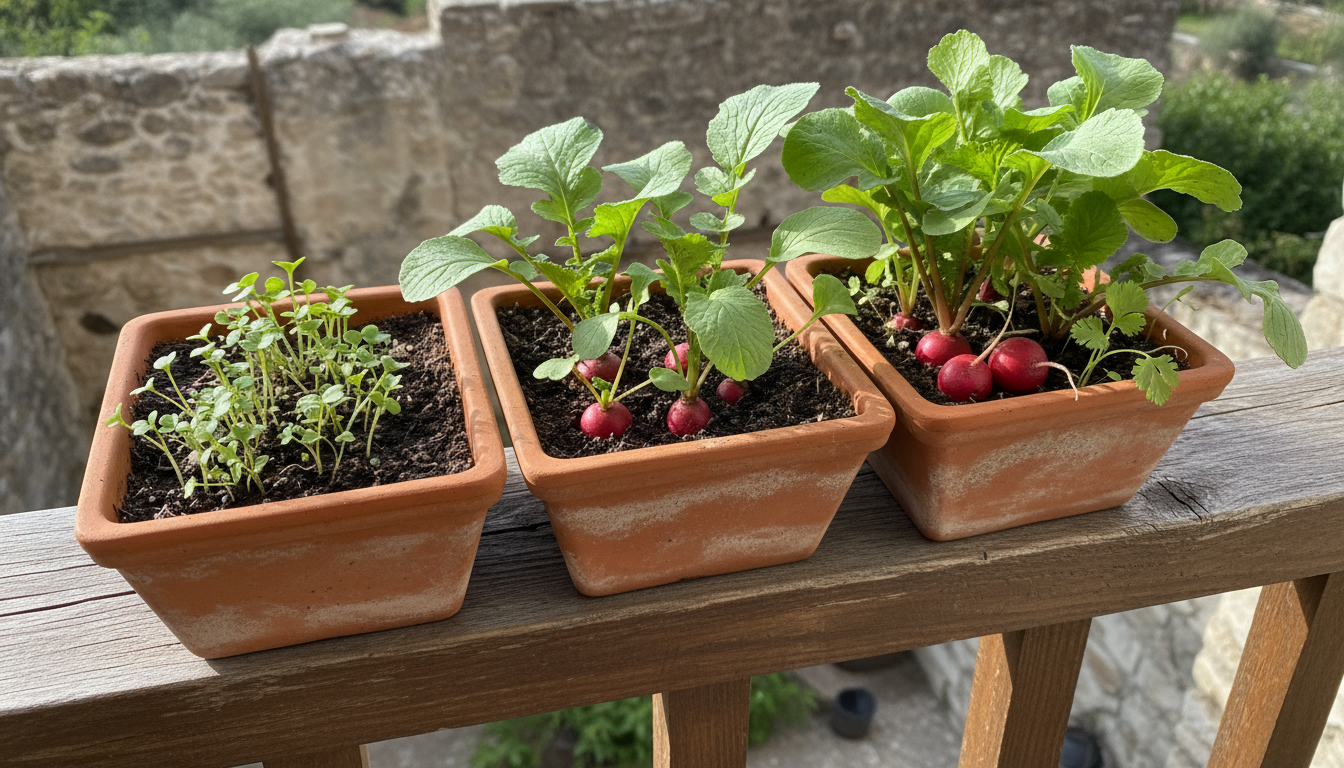
Step-by-Step Guide to Succession Sowing
Now that you understand the principles, let’s break down the practical steps for implementing succession sowing in your small garden. This methodical approach ensures you keep your harvest pipeline full.
- Select Your Crops and Varieties:Review the list of suitable crops for succession planting. Choose compact, fast-maturing varieties specifically for small spaces. Consider what you and your family enjoy eating most frequently.
- Determine Your Sowing Intervals:Based on the “days to maturity” and your desired harvest frequency, decide how often to plant. For very quick crops like radishes, sow every 1-2 weeks. For leafy greens, every 2-3 weeks often works well. Longer-season crops, like bush beans, may only need a new batch every 3-4 weeks.
- Prepare Your Planting Area:Whether it is a container, a section of a raised bed, or a small in-ground plot, ensure the soil is ready. If replanting an area, remove spent plants, weed thoroughly, and replenish nutrients with a layer of compost and a balanced organic fertilizer. Loosen the soil to facilitate root growth.
- Sow Seeds or Transplant Seedlings in Small Batches:Do not sow an entire packet of seeds at once. Sow only the amount you can reasonably consume over a 1-2 week period.
- Direct Sowing: For seeds like radishes, carrots, and bush beans, sow directly into the prepared garden bed or container at the recommended depth and spacing.
- Starting Indoors/Transplanting: For crops like lettuce or basil, you might start a small tray of seeds indoors every few weeks. Once they develop true leaves, transplant them into the garden as the previous batch finishes.
- Label Clearly:Label each planting with the crop name and the date you sowed or transplanted. This simple step is critical for tracking your succession plan and helps you learn what works best. For example, “Lettuce – May 1st” and “Lettuce – May 15th.”
- Water Consistently:Immediately after planting, water gently but thoroughly. Consistent moisture is vital for seed germination and seedling establishment. Avoid letting the soil dry out, especially during the early stages of growth.
- Repeat the Process:Stick to your schedule. Every 1-3 weeks, depending on your chosen crops, prepare another small section of your garden and sow or transplant your next batch. This continuous cycle ensures your garden always has new crops developing.
Here is an example succession planting schedule for a small garden, focusing on popular quick-turnaround crops. Adjust timings based on your local climate and specific varieties:
| Crop | Days to Maturity (Avg.) | Sowing Interval | Approx. Batch Size (Small Garden) |
|---|---|---|---|
| Radishes | 20-30 days | Every 1-2 weeks | 10-15 seeds |
| Loose-leaf Lettuce | 45-60 days | Every 2-3 weeks | 5-8 seeds or seedlings |
| Arugula | 25-40 days | Every 2 weeks | Small patch (e.g., 6 inches square) |
| Spinach | 30-45 days | Every 2-3 weeks | 5-8 seeds or seedlings |
| Bush Beans | 50-60 days | Every 3-4 weeks | 4-6 seeds |
| Cilantro | 30-50 days | Every 2-3 weeks | Small patch (e.g., 4 inches square) |
| Carrots (compact) | 60-75 days | Every 3-4 weeks | 10-15 seeds |
Remember, this table provides general guidance. Experiment with different intervals and batch sizes to discover what works best for your specific garden and consumption needs. The goal remains a continuous, manageable yield.
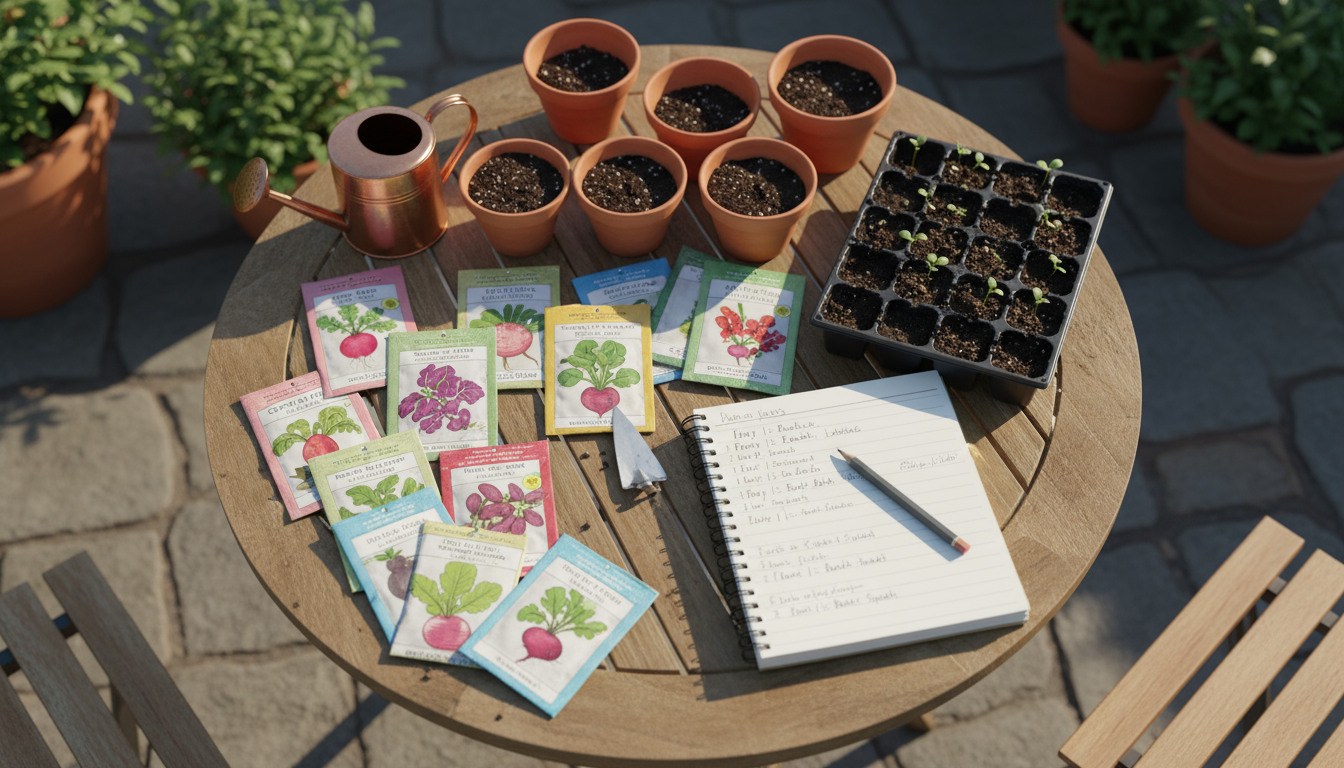
Essential Care for Continuous Yields
Maintaining a steady stream of harvests requires consistent and thoughtful care. Each successive planting drains nutrients from the soil, and healthy plants are less susceptible to pests and diseases. Focus on these core elements of plant care to support your continuous yields:
- Watering Consistency:Proper watering is paramount. Irregular watering stresses plants, reduces yield, and can lead to problems like blossom end rot in tomatoes or bitterness in leafy greens.
- Deep Watering: Water deeply and less frequently rather than shallowly and often. This encourages roots to grow deeper, making plants more resilient. Aim to moisten the soil to a depth of 6-8 inches for most vegetables.
- Monitor Soil Moisture: Stick your finger 1-2 inches into the soil. If it feels dry, it is time to water. Containers dry out much faster than in-ground beds, often requiring daily watering in hot weather.
- Efficient Methods: Use a watering can with a fine rose, a soaker hose, or drip irrigation to deliver water directly to the plant roots, minimizing evaporation and fungal issues on foliage. Consistent moisture ensures continuous growth for your succession crops, as detailed by the University of California, Davis Home Orchard website.
- Nutrient Management:As you repeatedly harvest and replant, your soil’s nutrient reserves deplete. You must replenish them to maintain vigorous growth.
- Compost: Regularly top-dress your beds and containers with a layer of rich compost or worm castings. Compost slowly releases nutrients and improves soil structure.
- Organic Fertilizers: Supplement with organic fertilizers. For leafy greens and early growth, use a nitrogen-rich feed (e.g., blood meal, fish emulsion). For fruiting plants (peppers, bush beans), a balanced NPK or one slightly higher in phosphorus and potassium supports flowering and fruit development. Follow package instructions carefully to avoid over-fertilizing, which can burn plants. Consider a liquid seaweed or fish emulsion feed every 2-4 weeks for a quick nutrient boost.
- Reusing Potting Mix: You can reuse potting mix for several seasons. However, rejuvenate it by removing old roots, adding fresh compost, a slow-release organic fertilizer, and perhaps some perlite or coco coir to improve drainage and aeration.
- Pest and Disease Monitoring:Early detection and intervention prevent small issues from becoming major problems.
- Regular Inspections: Inspect your plants daily or every few days. Look for discolored leaves, chewed foliage, or visible pests.
- Integrated Pest Management (IPM): Start with prevention. Support beneficial insects, ensure good air circulation, and practice crop rotation.
- Least-Toxic Controls: If pests appear, use physical removal (hand-picking), strong sprays of water, or organic solutions like insecticidal soap or neem oil, following label directions. Address diseases by removing affected parts and ensuring good cultural practices.
- Harvesting Techniques:Proper harvesting encourages more production and extends the life of your plants.
- Cut-and-Come-Again: For leafy greens, harvest outer leaves regularly. This prompts the plant to produce more new leaves from the center.
- Prompt Harvesting: Harvest vegetables like bush beans, cucumbers, and summer squash frequently. Leaving mature fruits on the plant signals it to stop producing and instead focus energy on ripening seeds.
- Pruning: For indeterminate tomatoes or basil, strategic pruning can encourage bushier growth and more production, making them suitable for small spaces.
By diligently applying these essential care practices, you ensure your succession crops remain healthy, vigorous, and consistently productive, delivering a steady flow of fresh ingredients from your small garden.
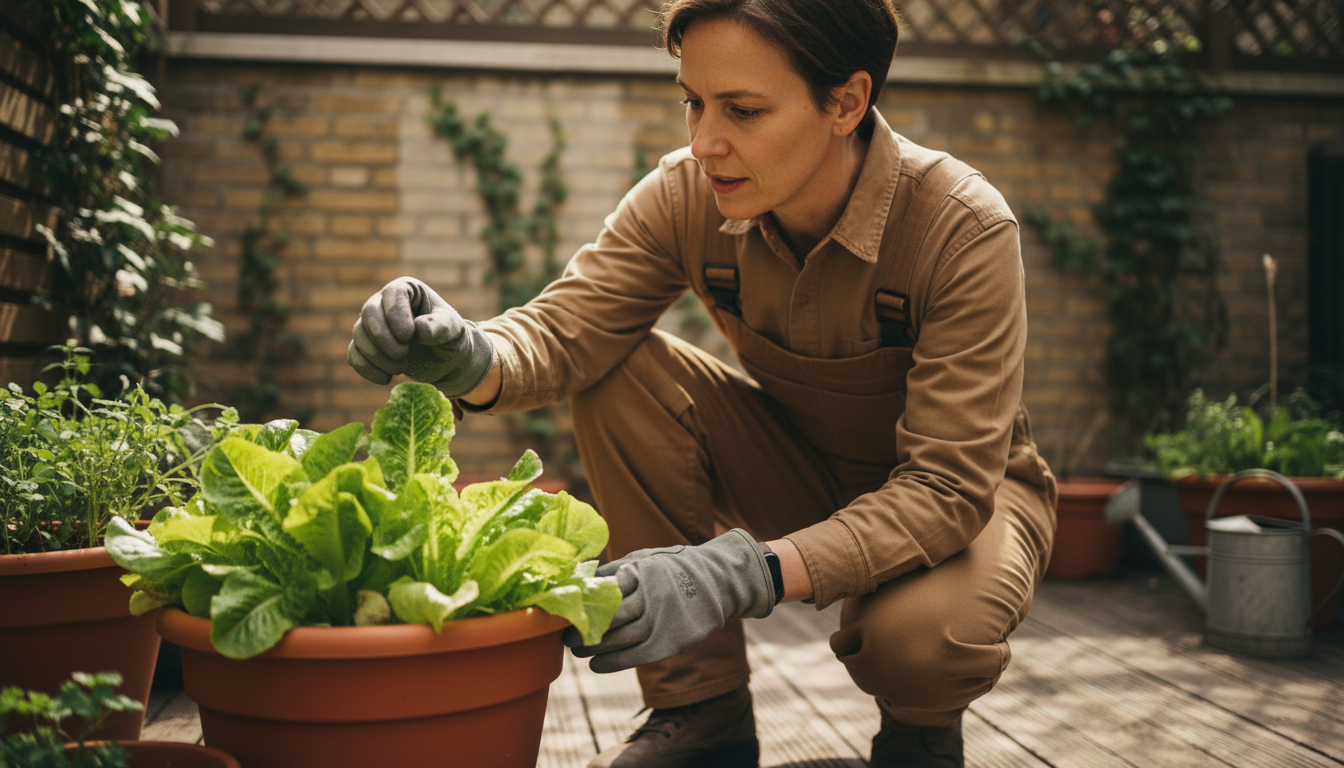
Seasonal Adjustments and Advanced Tips
To truly master succession planting, you need to adapt your strategy as the seasons change. Different crops thrive in different temperatures, and understanding these transitions allows you to extend your harvest even further. You can also incorporate more sophisticated techniques to enhance your garden’s overall health and productivity.
- Cool-Season Transitions:As summer heat fades and autumn approaches, shift your focus back to cool-season crops.
- Late Summer/Early Fall Plantings: Start seeds for leafy greens (lettuce, spinach, kale), radishes, beets, and carrots in late summer for fall and even early winter harvests. These plants appreciate cooler temperatures and often become sweeter after a light frost.
- Season Extension: Use row covers, cold frames, or cloches to protect fall plantings from early frosts. These simple structures trap heat and can extend your harvest of greens by several weeks, sometimes into winter, even in colder climates. For instance, the National Garden Association provides resources on extending the growing season with various protective covers.
- Hardy Herbs: Plant hardy herbs like parsley or cilantro in succession into the fall.
- Warm-Season Strategies:Summer brings abundant growth, but also intense heat that can cause some plants to bolt or struggle.
- Heat-Tolerant Varieties: Choose heat-tolerant varieties of lettuce (e.g., ‘Slobolt’, ‘Oakleaf’) or spinach (e.g., ‘Malabar Spinach’ which is actually a different plant but thrives in heat) for summer succession.
- Partial Shade: Provide afternoon shade for cool-season crops during hot spells. Move containers to shadier spots or use shade cloth to protect plants from scorching sun, preventing bolting in greens.
- Succession of Warm-Season Crops: While many warm-season crops like tomatoes and peppers have longer harvest windows, you can still apply succession principles. For example, plant a second round of bush beans, or a compact cucumber or zucchini, a few weeks after the first to ensure a continuous supply without overwhelming plants.
- Crop Rotation in Small Spaces:Even in containers or small beds, rotating where you plant certain crop families helps prevent the buildup of specific soil-borne pests and diseases. Try not to plant the same crop, or crops from the same family (e.g., all brassicas like kale, broccoli, cabbage), in the exact same spot year after year. For example, if you grow lettuce in a container one season, plant bush beans or radishes in it the next. This simple practice keeps your soil healthier. University of Florida IFAS Extension offers valuable advice on maximizing garden productivity in small footprints, including rotation strategies.
- Companion Planting for Enhanced Growth:Integrate companion planting to naturally deter pests, attract beneficial insects, and potentially enhance plant growth.
- Marigolds: Plant marigolds among your vegetables to deter nematodes and other pests.
- Basil with Tomatoes: Many gardeners believe basil planted near tomatoes improves their flavor and deters some flying insects.
- Nasturtiums: Act as a trap crop for aphids, drawing them away from your main vegetables, while also providing edible flowers and leaves.
- Pollinator Attractors: Incorporate flowering herbs like dill, cilantro (allowed to flower), or borage to attract essential pollinators, crucial for fruiting vegetables like cucumbers and bush beans.
By making these seasonal adjustments and incorporating advanced techniques, you elevate your succession planting game. Your small garden becomes a dynamic, resilient, and incredibly productive space, providing fresh food for an extended period.
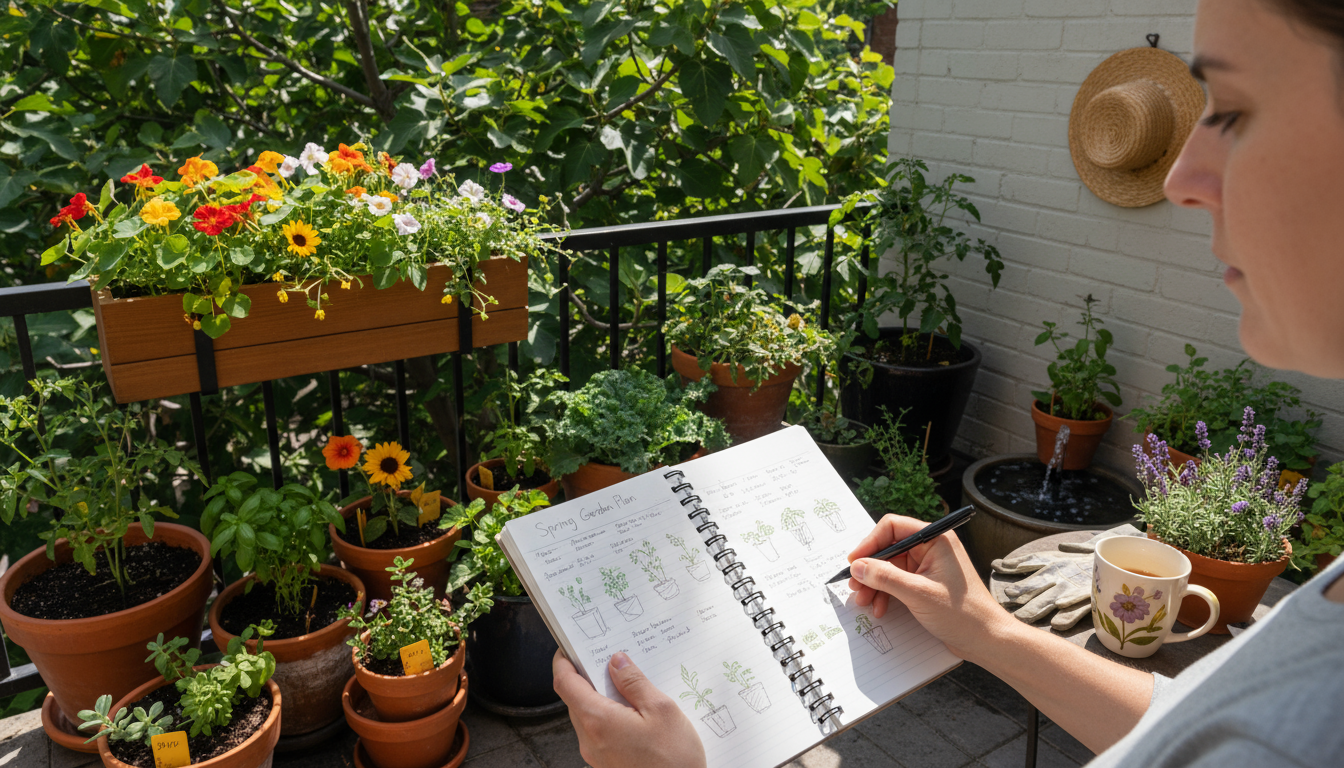
Frequently Asked Questions
What is the minimum space required for succession planting?
You can begin succession planting with as little as a single large container or a 2×2 foot raised bed. The key is consistent, small batch plantings, not vast acreage. Even a window box can produce a steady supply of cut-and-come-again greens with this method.
Can I succession plant in pots and containers?
Absolutely, containers are ideal for succession planting. As one crop finishes, you easily refresh the potting mix and replant with the next batch. This method gives you maximum flexibility to move crops according to sunlight needs or to rotate planting areas effectively.
How do I know when to plant the next batch of seeds?
Your “days to maturity” listed on seed packets guides your schedule. Plant your next batch approximately 1-3 weeks before your current crop is expected to finish harvesting. For example, if lettuce matures in 45 days, plant a new batch every 2-3 weeks to maintain a continuous supply.
What happens if I forget to plant a batch?
Do not worry. Missing a planting simply creates a small gap in your harvest. You can always jump back in with your next scheduled planting. The beauty of gardening is its forgiving nature, and you learn and adjust with each season.
Is succession planting only for fast-growing crops?
While fast-growing crops are easiest, you can apply succession principles to many plants. For slower crops like tomatoes or peppers, you might plant a second, slightly later set of plants if your season is long enough. You can also use relay planting to follow a fast crop with a slower one, ensuring the bed remains productive.
For research-based guidance on edible gardening, visit
Penn State Extension — Gardening,
Missouri Botanical Garden,
Kew Science — Plants of the World,
University of California ANR — Home Gardening and
Oregon State Extension — Gardening.
Disclaimer: This article is for informational purposes only and is not a substitute for professional advice. Consult local extension services for region-specific recommendations.
